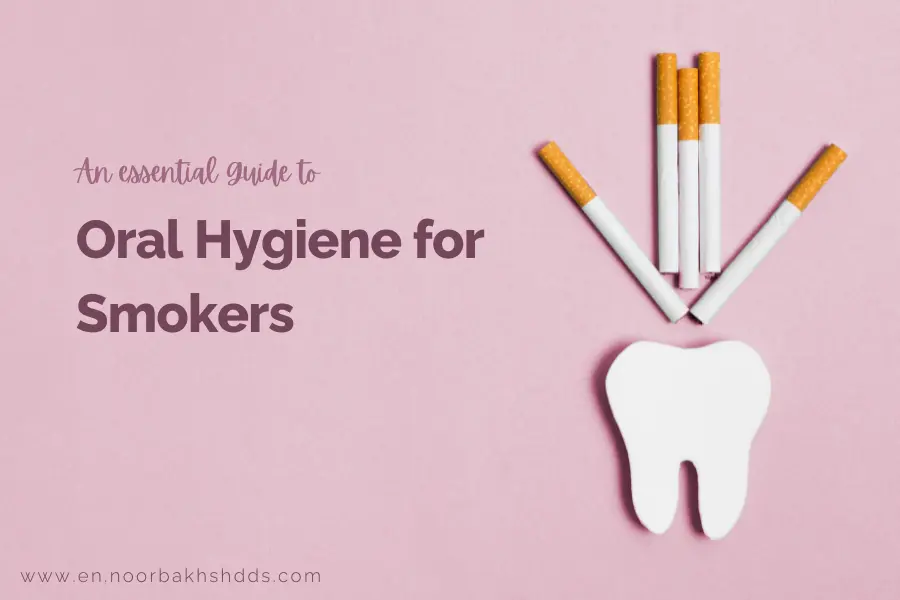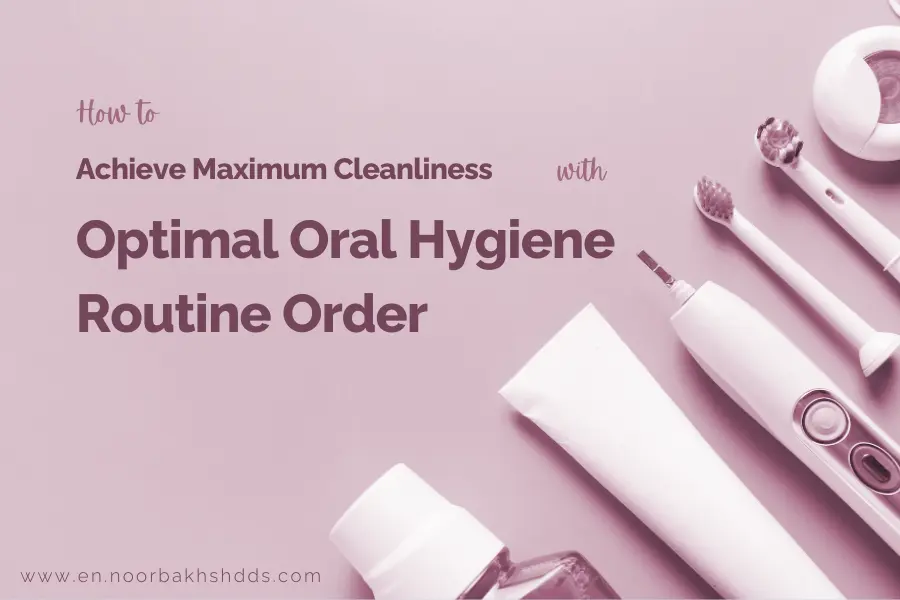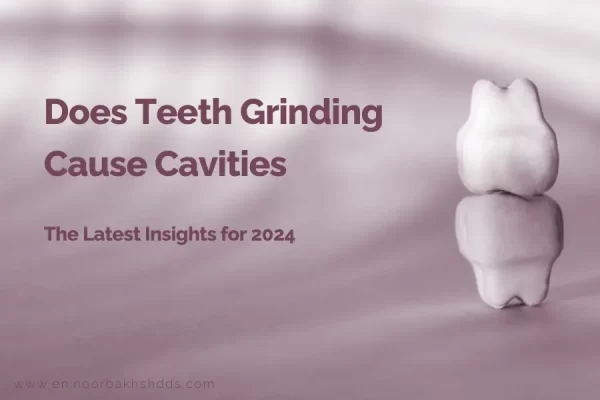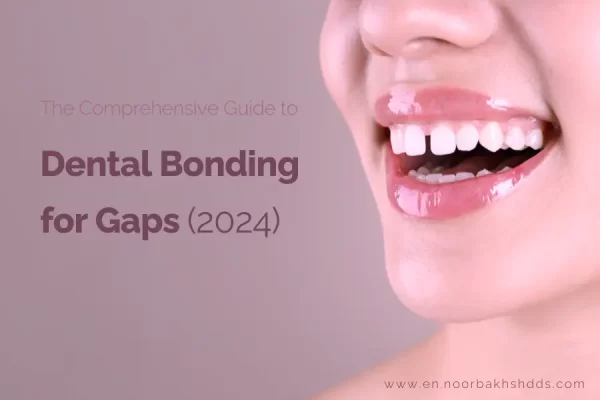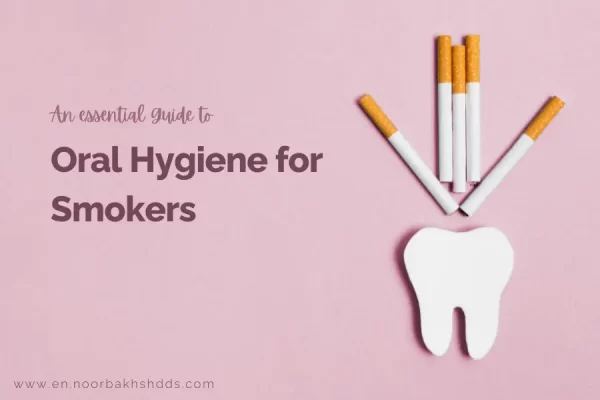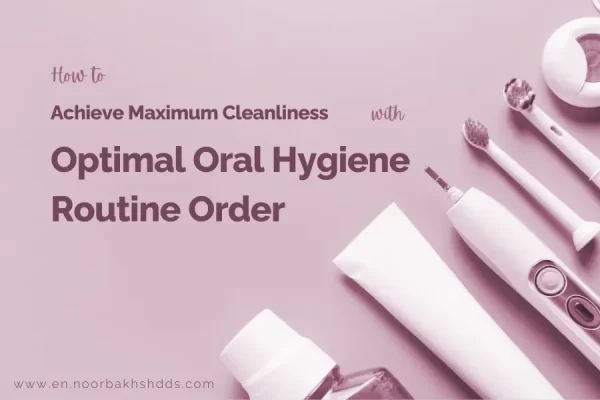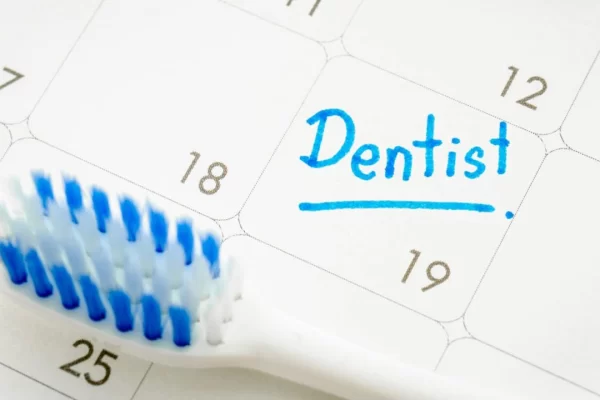Page Contents
ToggleIntroduction
Oral cancer refers to any cancer found in the mouth area, including the lips, tongue, and cheeks. This type of cancer can significantly affect eating, speaking, and even appearance.
Unfortunately, oral cancer is quite common and serious. The American Cancer Society most recently estimates about 58,450 new cases and 12,230 deaths in the U.S. in 2024 from oral cavity and oropharyngeal cancer4.
This disease presents unique challenges and managing it needs a team of diverse healthcare professionals. From surgeons to speech therapists, a range of experts come together to provide comprehensive care. Knowing about oral cancer and early detection can save lives and reduce complications.
Therefore, staying informed and undergoing regular dental checks is essential for early diagnosis and effective treatment.
What is Oral Cancer?
Oral cancer is a type of cancer that forms in the tissues of the mouth or the throat. It most commonly involves the tongue, the floor of the mouth, and the gums. It can also affect the lips and the area of the throat at the back of the mouth. Recently, the number of oral cancers associated with the human papillomavirus (HPV) has increased. HPV is a virus that primarily affects skin cells and mucous membranes. Experts now recognize HPV as a primary cause of oral cancers, especially in the throat area.
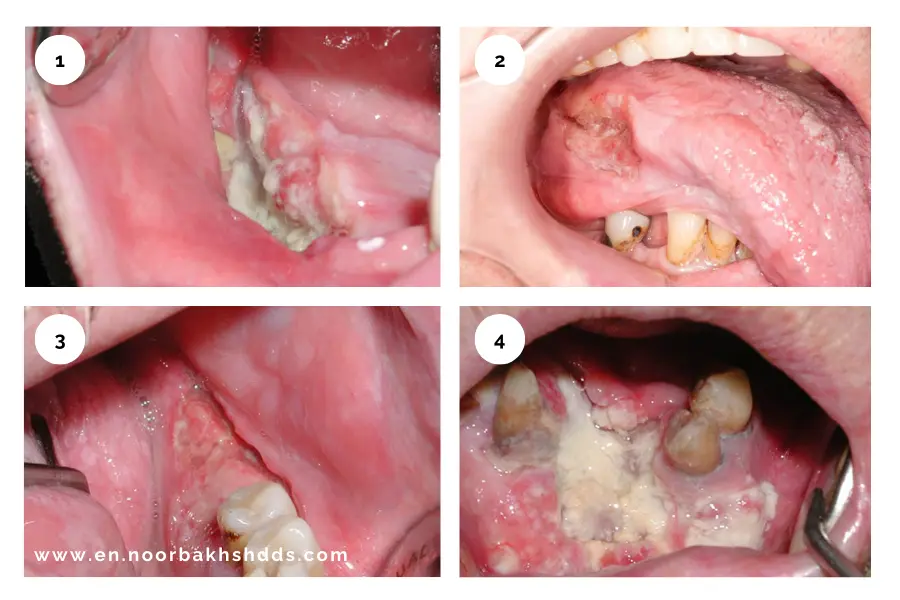
The Stages of Oral Cancer
Oral cancer is categorized using the TNM staging system. This system assesses three key factors:
- T: The size and location of the tumor,
- N: Whether the cancer has spread to nearby lymph nodes, and
- M: Whether there is metastasis to distant parts of the body.
Stages range from 0 to IV, indicating the progression of the disease.
- Stage 0: Carcinoma in Situ – At this initial stage, abnormal cells are present but have not spread to deeper tissues.
- Stage I: Early Stage Cancer – The tumor is small (not more than 2 centimeters) and has not spread deeply or reached any lymph nodes.
- Stage II: Larger Tumor Size – The tumor has grown (between 2 and 4 centimeters) but still hasn’t spread to any lymph nodes.
- Stage III: Larger Tumors or Spread to One Lymph Node – The cancer is either larger than 4 centimeters, or it has spread to one nearby lymph node but not to distant parts of the body.
- Stage IV: Advanced Cancer with Extensive Spread – The most advanced stage, where the cancer may be of any size and has spread extensively, possibly involving more lymph nodes or distant organs like the lungs or liver.
A visual diagram or infographic accompanying this information could clearly illustrate how oral cancer progresses from Stage 0 through Stage IV, helping individuals better understand the severity and spread at each stage.
Symptoms of Oral Cancer in Each Stage
Oral cancer can manifest in various ways, but here’s a list of common early signs for each stages:
Stage 0: Carcinoma in Situ
– White or red patches inside the mouth or on the lips that do not heal
– Flat, painless spots that might feel slightly rough
Stage I
– Small, painless sores or ulcers that do not heal within two weeks
– Unexplained bleeding in the mouth
Stage II
– Larger sores or ulcers that persist longer than two weeks
– Persistent pain in the mouth or on the tongue
– Loose teeth without any apparent cause
– Numbness in the mouth or lips
Stage III
– Difficulty swallowing or sensation of something being stuck in the throat
– Changes in voice, such as hoarseness
– Persistent ear pain on one side
Stage IV
– Noticeable lumps in the mouth, throat, or neck
– Significant weight loss
– Swelling in the jaw or neck, which may cause dentures to fit poorly
– Severe pain in the mouth or face
General Symptoms Across All Stages:
– Persistent bad breath not alleviated by oral hygiene
– Change in how teeth fit together
– A non-healing tooth extraction site
This variability in symptoms means that any persistent or unusual changes in your oral health should prompt a visit to your dentist or doctor.
Regular dental check-ups are essential as dentists can identify many of these symptoms early, often before patients are aware of them. Early detection through screening increases the likelihood of successful treatment and better outcomes.
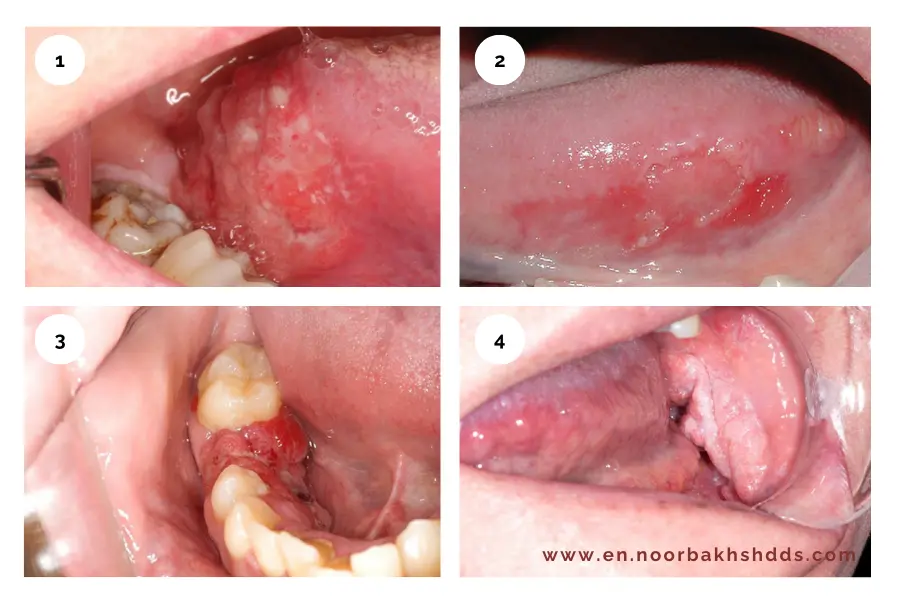
Risk Factors and Prevention
Risk Factors
- Smoking: Tobacco, whether smoked or chewed, is one of the primary risk factors for oral cancer.
- Alcohol Use: Heavy drinking is also linked to a higher risk of oral cancer, especially when combined with tobacco use.
- Not Having Regular Check-Ups: Remember that everyone is at risk, even middle-aged women who don’t smoke or drink. Regular dental visits are crucial for early detection.
Prevention Factors
To lower the risk of oral cancer, consider these preventative measures:
- HPV Vaccination: Getting vaccinated against HPV can greatly reduce the risk of oral cancers linked to the virus. This vaccine is crucial for both men and women.
- Quit/Limit Smoking: Smoking is a major risk factor. Stopping smoking can significantly reduce your risk.
- Limit Alcohol: Reducing alcohol consumption can decrease your risk of developing oral cancer. Moderation is key.
- Healthy Diet: Eating a diet rich in fruits and vegetables may help prevent oral cancer.
- Lifetime Risk: It’s important to remember that the lifetime risk of developing oral cancer is about 1 in 59 for men and 1 in 139 for women. Everyone, especially those at higher risk, should follow these preventive steps1.
Treatment Options Based on Oral Cancer Stage
- Stage 0 (Carcinoma in Situ):
Surgery alone typically suffices to remove abnormal cells before they spread.
- Stage I:
Surgery to remove the small tumor and some surrounding tissue.
- Stage II and Stage III:
Combines surgery with radiation therapy to kill any remaining cancer cells.
Chemotherapy may be introduced if there’s a higher risk of cancer spreading.
- Stage IV:
Involves a combination of surgery, radiation, chemotherapy, and possibly targeted therapy or immunotherapy.
This approach aims to manage extensive cancer spread and improve survival chances.
Note that the customization of treatment based on the cancer’s stage and the individual’s overall health is crucial. Each patient’s situation is unique, and what works for one person may not be suitable for another. This personalization involves considering the size and location of the tumor, whether the cancer has spread to lymph nodes or other organs, and the patient’s general health and preferences. For example, a younger, healthier patient might tolerate aggressive treatment like chemotherapy better than an older patient with multiple health issues. Similarly, the specific characteristics of the cancer cells themselves might make certain therapies more effective than others. The aim is to maximize the effectiveness of treatment while minimizing the impact on the patient’s quality of life.
Prognosis and Survival Rates for Oral Cancer by Stage
Early Stage or Localized (Stage 1 or 2)
- Lip cancer survival rate: 93%
- Tongue cancer survival rate: 78%
- Floor of mouth cancer survival rate: 75%
- Typically, these cancers have high survival rates, often exceeding 70-90%.
- Early detection generally enables simpler and more effective treatment methods.
Locally Advanced or Regional (Stage 3, 4A, or 4B)
- Lip cancer survival rate: 48%
- Tongue cancer survival rate: 63%
- Floor of mouth cancer survival rate: 38%
- Survival rates decrease at this stage, typically between 35-65%.
- Treatment complexity increases, often requiring a combination of surgery, radiation, and chemotherapy.
Metastatic (Stage 4C)
- Lip cancer survival rate: 52%
- Tongue cancer survival rate: 36%
- Floor of mouth cancer survival rate: 20%
- Prognosis worsens significantly with five-year survival rates often below 40%.
- Advanced treatments may be necessary, including the potential use of targeted therapies and immunotherapy3.
Ongoing studies are focusing on better diagnostic tools, more effective treatment modalities, and targeted therapies that specifically attack cancer cells while sparing healthy tissue. Innovations such as immunotherapy have also shown promise in treating some types of oral cancer, particularly those associated with HPV, leading to improved survival rates in clinical trials.
Living with Oral Cancer
Living with oral cancer presents several challenges that can affect a survivor’s physical, emotional, and social well-being.
- Physically, patients may deal with pain, difficulty eating, and changes in speech, which can affect their nutrition and communication.
- Emotionally, the diagnosis and ongoing treatment can lead to anxiety, depression, and stress due to concerns about one’s health, appearance, and future.
- Socially, these physical and emotional impacts can lead to withdrawal from relationships and activities, exacerbating feelings of isolation and loneliness.
Survivors often require ongoing care to manage these challenges effectively, which can involve adjusting to a new daily routine and lifestyle changes necessitated by their condition.
Oral cancer treatment can significantly impact vital functions such as eating and speaking, necessitating adaptations and rehabilitation. Patients often require speech and language therapy to regain their abilities and may undergo reconstructive surgeries to address aesthetic changes. Additionally, dental health is crucial throughout the journey of oral cancer treatment—from early detection through to managing long-term effects like dry mouth and the need for dental prostheses. Dentists play an essential role in both the treatment process and in maintaining oral health, which is vital for recovery and ongoing well-being.
Rehabilitation and robust support systems are also crucial for individuals living with oral cancer. Support from family, friends, and cancer support groups also plays a vital role in a patient’s recovery and emotional well-being. These networks provide practical help and emotional support, helping patients navigate the complexities of treatment and recovery.
Other tips for managing post-treatment health include adhering to follow-up care plans, engaging in regular physical activity as recommended, maintaining a nutritious diet to help rebuild strength, and seeking counseling or therapy to manage the emotional aspects of surviving cancer.
Conclusion
Awareness and education about oral cancer can significantly impact survival rates and quality of life. Regular dental check-ups and paying attention to the signs can lead to early detection, which is key in successfully combating this serious disease. Remember, managing oral cancer is a team effort, and each step from prevention to treatment and follow-up plays a crucial role in ensuring the best outcomes for patients.
At Dr. Noorbakhsh Dental Center, we are dedicated to helping you through education, prevention, and complete care. Our committed team is here to help you keep your mouth healthy and provide the right treatments for those at risk or dealing with oral cancer.
Remember, dealing with oral cancer can be tough, but medical science is always finding better ways to handle this disease. With careful screening and strong support, we can face oral cancer with not only hope but also a solid promise of better health outcomes based on science.
References:
- American Cancer Society. Facts & Figures 2024. Atlanta: American Cancer Society; 2024.
- Bagan, J., Sarrion, G., & Jimenez, Y. (2010). Oral cancer: Clinical features. Oral Oncology, 46(6), 414–417. doi:10.1016/j.oraloncology.2010.03.009
- Canadian Cancer Statistics Advisory Committee. Canadian Cancer Statistics 2021. Canadian Cancer Society; 2021.
- Key Statistics for Oral Cavity and Oropharyngeal Cancers. (2024). American Cancer Society. Retrieved January 25, 2024, from https://www.cancer.org/cancer/types/oral-cavity-and-oropharyngeal-cancer/about/key-statistics.html
- National Cancer Institute. SEER Cancer Stat Facts: Oral Cavity and Pharynx Cancer. 2022. Accessed at https://seer.cancer.gov/statfacts/html/oralcav.html on January 18, 2023.
- Wong, T., & Wiesenfeld, D. (2018). Oral Cancer. Australian Dental Journal, 63, S91–S99. doi:10.1111/adj.12594




